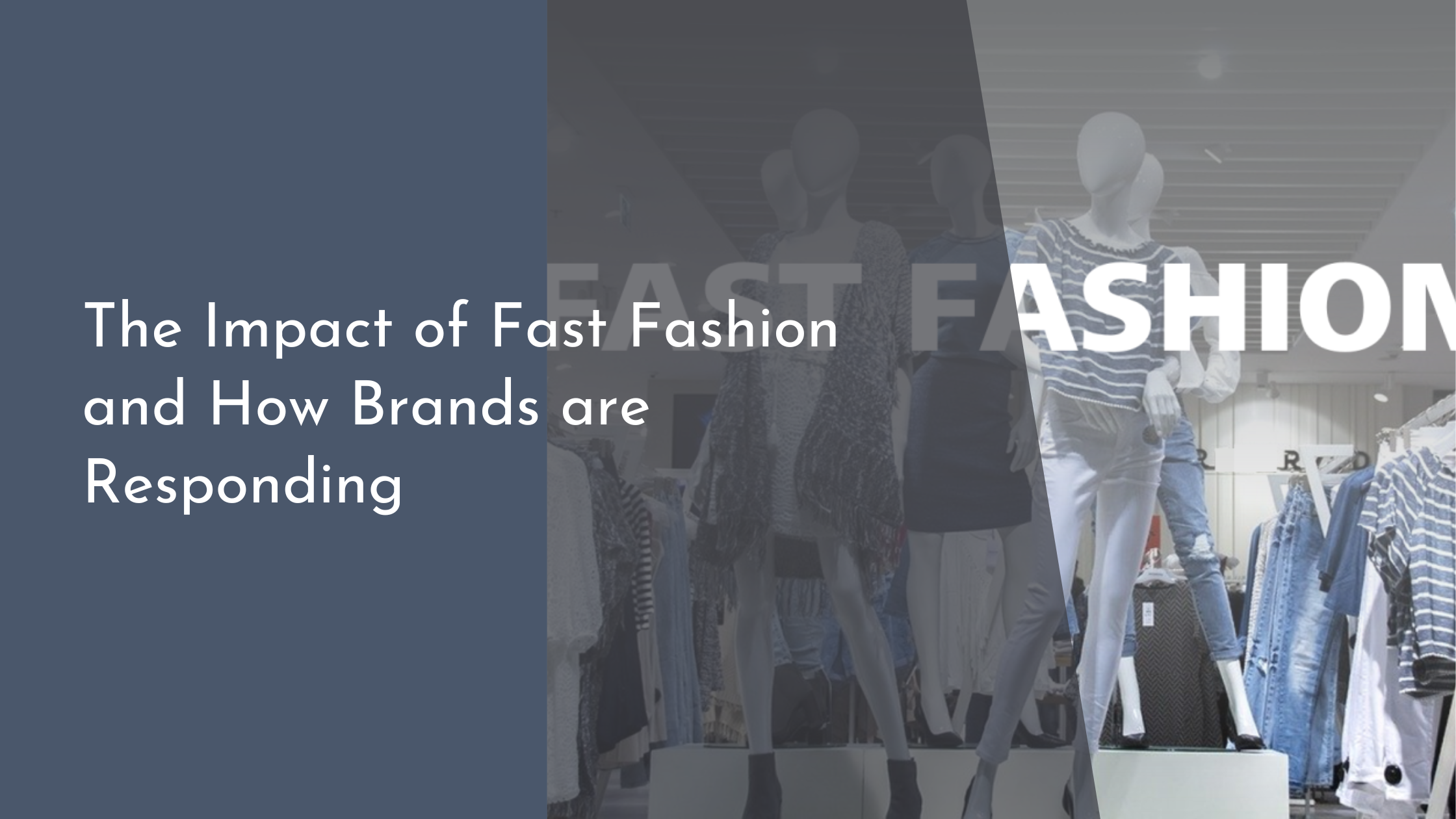The Impact of Fast Fashion and How Brands are Responding
Fast fashion has become a defining feature of the modern apparel landscape, reshaping how consumers purchase and perceive clothing. The allure of trendy, affordable clothing is undeniable, but it comes with significant repercussions. This article delves into the phenomenon of fast fashion, examining its environmental and social impacts, and highlighting how leading brands are taking innovative steps towards a more sustainable future.
The Rapid Rise of Fast Fashion: A Modern Phenomenon
In the last few decades, fast fashion has skyrocketed in popularity, driven by a combination of globalized supply chains, technological advancements, and an insatiable consumer appetite for the latest trends. Brands like Zara, H&M, and Forever 21 have democratized fashion, making runway styles accessible to the average consumer. This business model thrives on quick turnaround and high volume, allowing retailers to introduce new clothing lines at breakneck speeds, sometimes on a weekly basis.
The hallmark of fast fashion is its ability to swiftly transform runway inspirations into affordable, mass-produced garments. This accessibility has not only reshaped consumer expectations but also redefined the fashion industry’s growth trajectory. The ability to rapidly produce trendy items has led to increased consumer demand, as shoppers eagerly anticipate and purchase new collections, often viewing clothes as disposable rather than items to be cherished.
Environmental and Social Consequences Explored
The environmental impact of fast fashion is staggering, with the industry being one of the largest contributors to global pollution. The production of cheap clothing involves extensive water use, chemical treatments, and the generation of greenhouse gases. Textile waste is another pressing issue, as millions of tons of clothing end up in landfills each year. This cycle of overproduction and wastage places immense pressure on natural resources and ecosystems.
Socially, fast fashion often exploits cheap labor in developing countries to keep costs low. Workers, many of whom are women, endure poor working conditions, low wages, and lack of job security. The race to produce clothing quickly and cheaply results in compromised safety standards, as seen in tragic incidents like the Rana Plaza collapse. These human rights concerns have prompted a global dialogue on the ethical responsibilities of fashion brands.
Innovative Responses from Leading Fashion Brands
Acknowledging the detrimental impact of fast fashion, many brands are pivoting towards more sustainable practices. Companies like Patagonia and Stella McCartney are leading the charge by prioritizing environmental stewardship and ethical labor practices. They focus on using recycled materials, reducing waste, and investing in sustainable technology to minimize their carbon footprint.
Other brands are also embracing the concept of circular fashion, where the life cycle of a garment is extended through reuse, recycling, and responsible production methods. Initiatives like H&M’s garment collection program encourage consumers to recycle unwanted clothing, offering incentives in return. Similarly, brands are integrating transparency into their supply chains, allowing consumers to make informed choices about the origins and environmental impact of their purchases.
Conclusion: A Brighter Future for Sustainable Fashion
The fast fashion industry is undergoing a significant transformation, driven by growing consumer awareness and demand for sustainable practices. The shift towards conscious consumption is encouraging brands to innovate and adopt practices that prioritize environmental and social responsibility. This movement not only benefits the planet but also fosters a more equitable and ethical fashion industry.
As the call for sustainability grows louder, the fashion industry stands at a crossroads. The changes being embraced by leading brands signal a promising step towards a future where fashion can be enjoyed without compromising the environment or human rights. By choosing sustainability, both brands and consumers are paving the way for a more responsible and stylish tomorrow.


